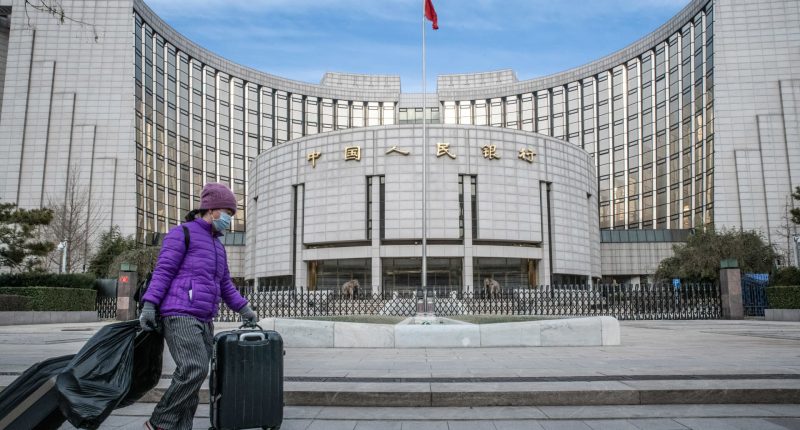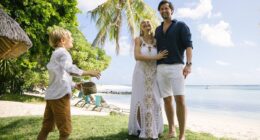Share this @internewscast.com
The People’s Bank of China (PBOC) building in Beijing, China, on Thursday, Dec. 15, 2022.
Bloomberg | Getty Images
China expectedly kept its loan prime rates unchanged Monday, with the 1-year LPR at 3.1% and the 5-year at 3.6% as the central bank appears focused on stabilizing the yuan amid trade tensions with the U.S.
The decision from the People’s Bank of China comes as China reported better-than-expected economic data this month, with first-quarter GDP growing at 5.4% year on year, allowing it room to keep rates steady.
Retail sales and industrial output numbers for March also beat expectations from economists polled by Reuters.
The 1-year LPR influences corporate and most household loans in China, while the 5-year LPR serves as a benchmark for mortgage rates. The PBOC has kept the LPRs steady since October last year.
Following the announcement, the Chinese onshore yuan was trading flat at 7.2995 against the dollar, while the offshore yuan marginally strengthened to 7.2962 against the greenback.
Mainland China’s CSI 300 rose 0.36%.
The PBOC decision was in line with a Reuters poll of economists, with 87% expecting the PBOC to keep rates steady.

Dutch bank ING had also forecast in a note last week that the PBOC would likely hold rates, with analysts Lynn Song and Min Joo Kang pointing out that the LPR was unlikely to shift without the 7-day repo rate being cut first.
The 7-day repo rate currently stands at 1.5%, and was last lowered by 20 basis points in September.
However, ING also said “low inflation and strong external headwinds amid escalating tariff threats provide a strong case for easing. But currency stabilization considerations may prompt the People’s Bank of China to wait until the U.S. Federal Reserve cuts borrowing costs.”
Ryota Abe, economist at Sumitomo Mitsui Banking Corporation, told CNBC that PBOC is unlikely “to use currency to counter the economic difficulties because it may potentially lead to massive capital outflow.”
The U.S. has imposed tariffs of up to 245% on Chinese imports, while China has slapped 125% duties on U.S. imports.
While GDP growth figures were encouraging, consumer prices in the world’s second-largest economy remained in deflationary territory, with the CPI reading in March showing that prices fell 0.1% year on year.
Producer prices fell 2.5% in March, marking the 29th straight month in deflationary territory and seeing the largest contraction since November 2024.









